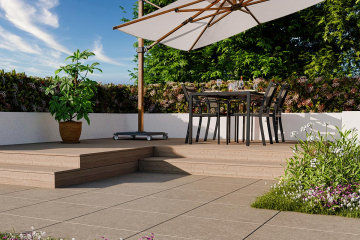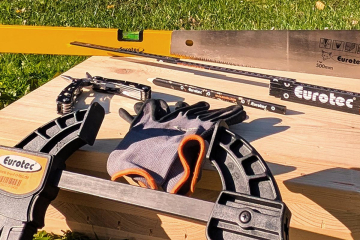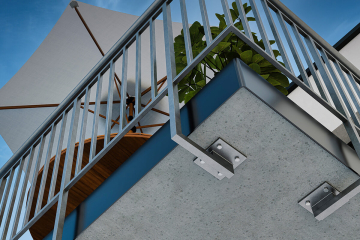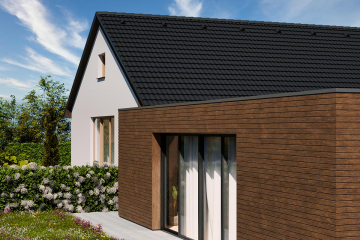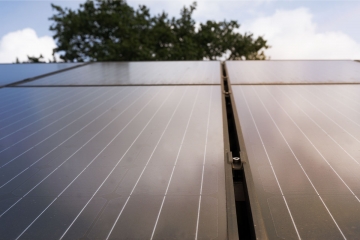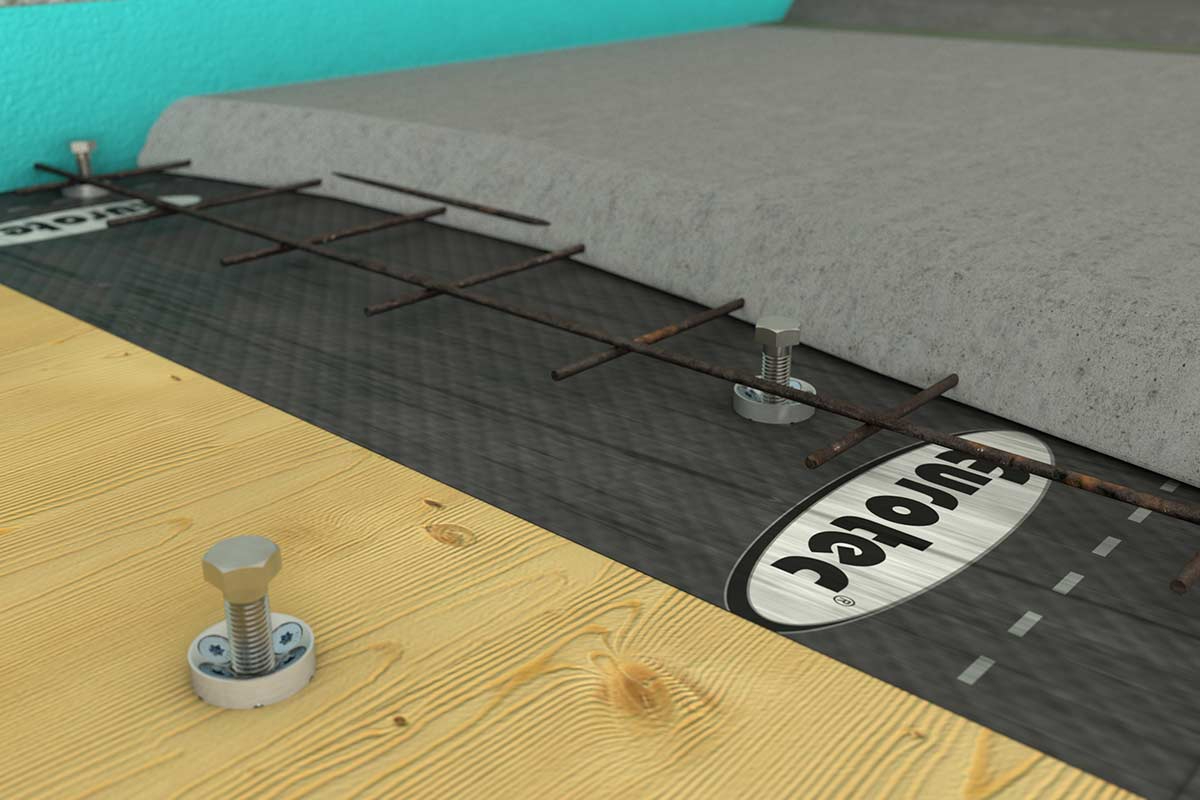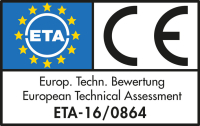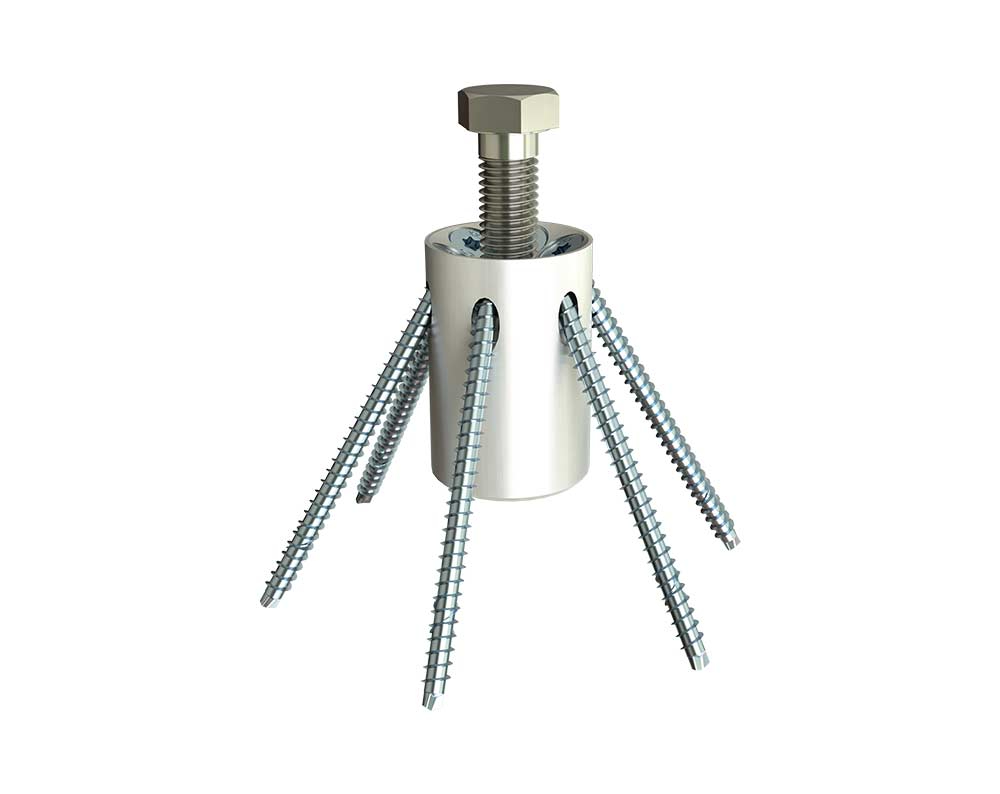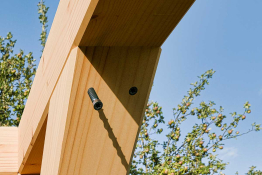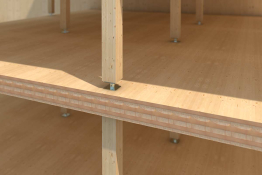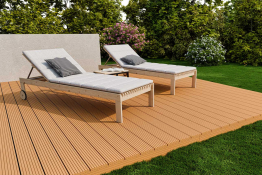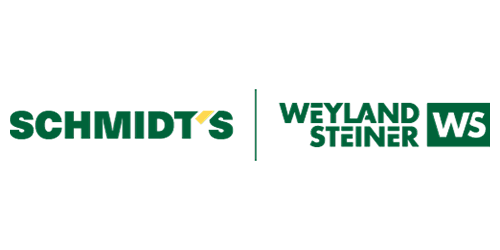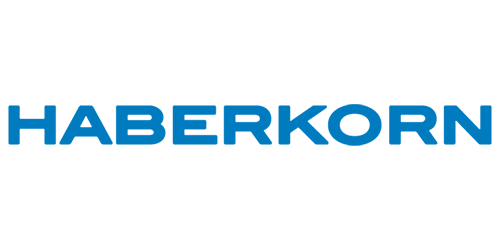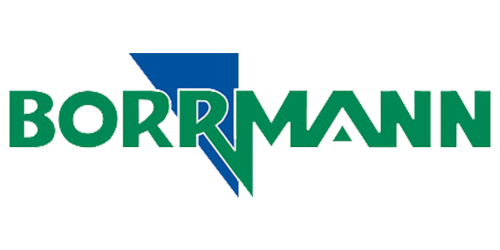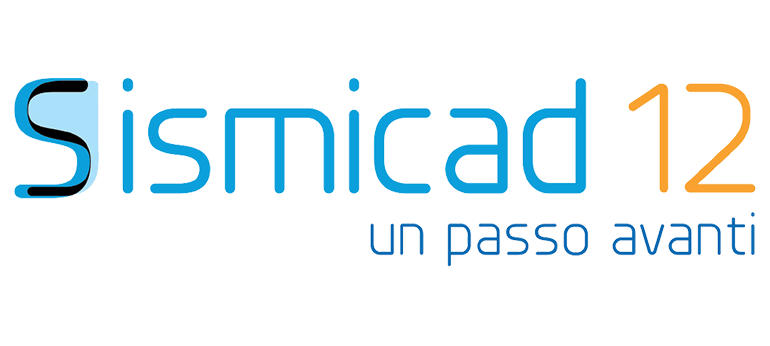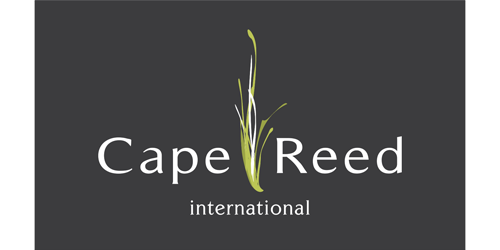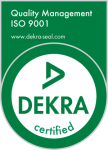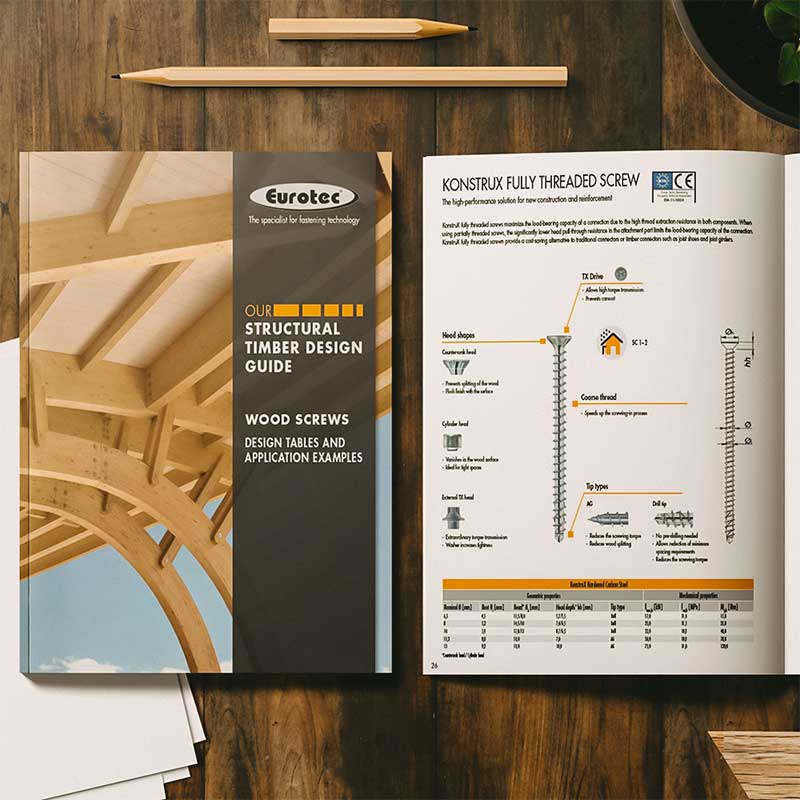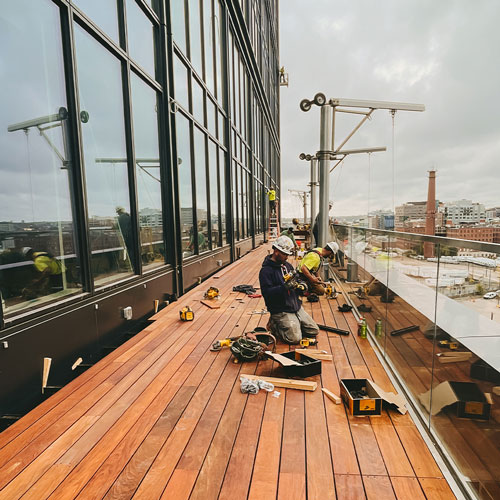TCC MAX for Timber-Concrete Composite Systems
TCC MAX – Innovative connection technology for efficient Timber-Concrete Composite systems
Realising hybrid structures with ease
Timber-concrete composite (TCC) construction is gaining increasing importance in modern timber engineering. By combining the materials timber and concrete, a hybrid structural system is created that combines high load-bearing capacity, cost efficiency, and sustainability.
While timber primarily takes up tensile forces, concrete absorbs compressive forces. The result is a high-performance structural element that, for the same span, requires smaller cross-sections, reduces deflection, and offers additional benefits in terms of sound and fire protection.
Especially in multi-storey timber construction, extensions, and the renovation of existing buildings, the timber-concrete composite system has proven itself as a reliable solution. It provides planners, structural engineers, and contractors with a high degree of flexibility and safety.
With TCC MAX, Eurotec offers an innovative connection technology that makes the efficient realization of such hybrid structures even simpler and more economical.
Strong in combination – Timber and concrete perfectly united
In the construction industry, timber-concrete composite design is considered particularly effective. Timber takes up tensile forces and, thanks to its low self-weight, contributes to a lightweight supporting structure. Concrete, on the other hand, takes up compressive forces and significantly increases the stiffness of the component.
The combination of both materials results in high load-bearing capacity and reduced material consumption—allowing the advantages of timber and concrete to be optimally utilized. In addition to static benefits, TCC construction also offers improved acoustic insulation, favorable vibration behavior, and enhanced fire protection reserves.
You can find more background information on timber-concrete composite systems in our technical article.
TCC MAX for shear-resistant Timber-Concrete Connections
The connection between both materials is fundamental to the performance of any timber-concrete composite system and determines the overall efficiency of the structure. To this end, Eurotec developed the TCC MAX connector*, which ensures a durable and shear-resistant bond between timber and concrete—making it a key component for efficient and reliable load-bearing structures.
*TCC = Timber-Concrete Composite
The connector consists of a steel cylinder that is fastened to the timber component using KonstruX full-thread screws and anchored in the concrete with an M14 x 60 mm bolt screw. The screws provide withdrawal resistance and high initial stiffness, while the bolt and cylindrical section together contribute to the load-bearing capacity of the composite system.
High initial stiffness = reduction of deformation and deflection
Ductile fracture strength = controlled load-bearing behavior
Simple installation = pre-assembly in the factory or directly on site
The connector can be used with a variety of timber types, including laminated veneer lumber (LVL), cross-laminated timber (CLT), solid timber, and glulam (glued laminated timber, GLT).
Regarding the concrete layer, TCC MAX is suitable for both conventional and lightweight concrete with a minimum strength class of C20/C25 and a maximum aggregate size of 8 mm.This flexibility allows a wide range of structural design concepts to be realized efficiently and economically.
Design and calculation with the ECS Software
To create a load-bearing and structurally sound timber-concrete composite system, comprehensive calculations and the selection of optimal fasteners are essential. All relevant structural requirements must be taken into account.
For this purpose, the ECS software is available to designers — a tool that provides all necessary verifications and documentation for structural design in an approval-compliant format. It supports precise system configuration according to project-specific requirements, whether for renovation or new construction projects.
In addition to various modules for timber connections, the software also includes a TCC module, offering the following functions:
- Customizable geometry and material properties of the beams
- Selection of different timber types, concrete strengths, and service classes
- Input of permanent and variable loads
- Automatic calculation of the required number of connectors
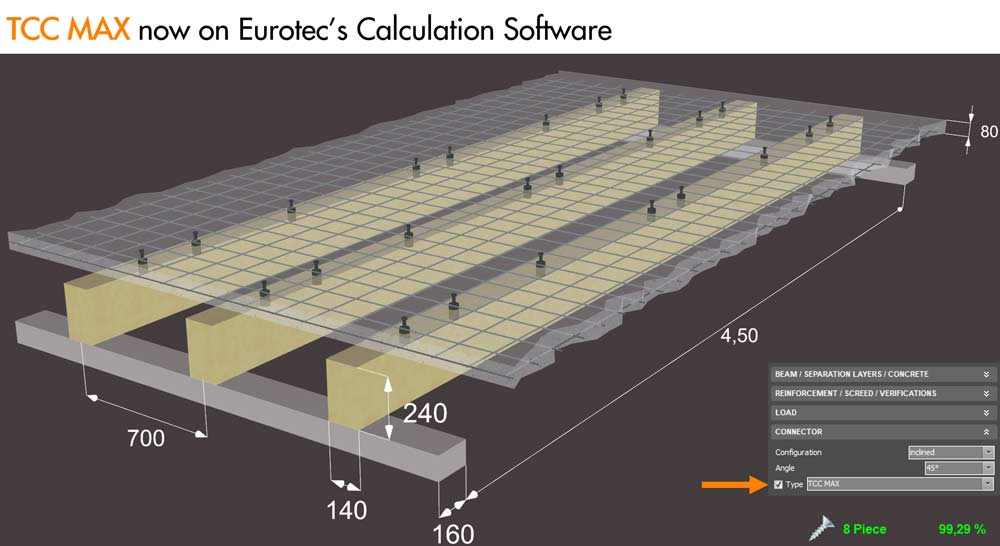
The TCC MAX connector is also integrated into the software and can be selected directly from the drop-down menu in the connector options.
The technical minimum requirements are a minimum concrete thickness of 80 mm and a minimum beam width of 140 mm.
Example application:
For a glulam beam GL28h subjected to a permanent load of 6 kN/m² and a variable load of 2 kN/m², the use of eight TCC MAX connectors per beam yields an optimal structural performance. The composite system achieves an excellent balance between high stiffness and ductile fracture strength.
This property is particularly advantageous under cyclic loading conditions, such as in buildings with increased dynamic demands (e.g., vibrations or human-induced movements).
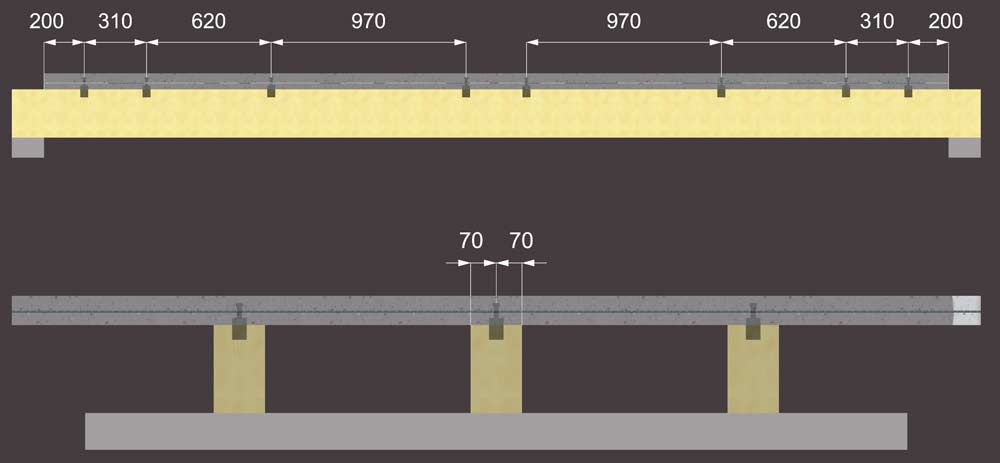
Connection technology for the future of timber construction
With TCC MAX, we offer an innovative connection technology that makes timber-concrete composite construction even more economical, reliable, and predictable in terms of planning. The combination of high initial stiffness, ductile fracture strength, and easy handling makes it a powerful solution for a wide range of structural requirements.
Thanks to its integration into the ECS design software, planning becomes even more efficient, transparent, and secure.
Thus, TCC MAX represents a key component for future-oriented structural solutions in modern timber construction — whether in the renovation of existing buildings or in innovative new construction projects.
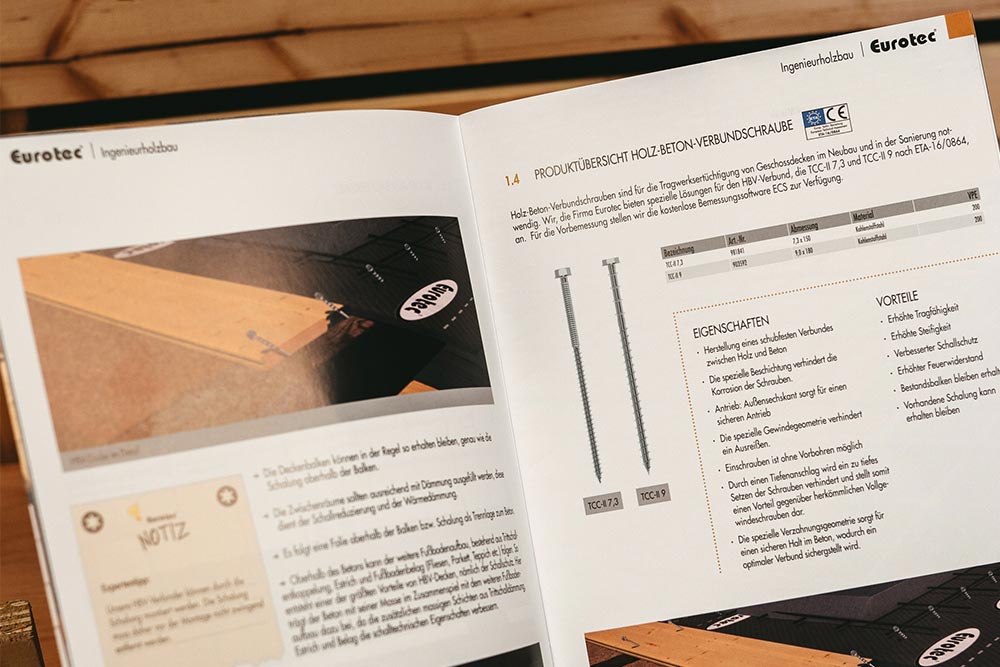
More details in our TCC brochure
Deepen your knowledge of timber-concrete composite construction:
Our TCC brochure provides a comprehensive overview of all essential fundamentals, technical details, and practical application examples.

Use our free inquiry forms
Take advantage of our free inquiry forms to facilitate the efficient and straightforward planning of your HBV project. Our team is always available to provide support throughout the process.

Do you still have any technical questions?
We’ll be happy to advise you on your construction project!
Create a ticket now so we can help you quickly and efficiently — or use our free calculation software for your planning.
Other technical articles
Here you’ll find more technical articles with comprehensive content you need to know on the construction site or for individual projects—whether you’re just getting started or already have years of experience.


 Deutsch
Deutsch  English
English  Dansk
Dansk  Español
Español  Italiano
Italiano  Français
Français  русский
русский  Polski
Polski 